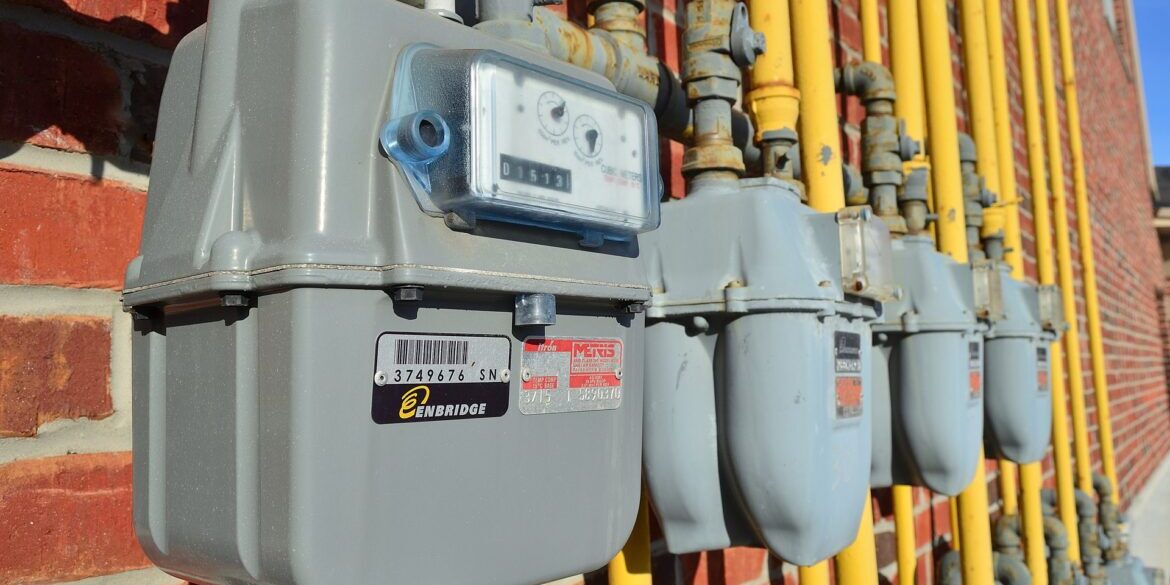Conservatives seem to name bills something they are not. Bill 165 Keeping Energy Costs Down Act 2024, looks very much like more of the same as Bill 35 The Energy Competition Act, The Electricity Act and the Ontario Energy Board Act in 1998.
This undemocratic legislation is still costing a fortune to this day.
Bill 165 is very undemocratic, just giving the government more power to rule by decree. Everyone should be concerned by the removal of “procedural fairness” in this bill.
Ford constantly claims “Ontario is open for business,” Business loves low cost, stability and predictability. For 94 years, business in Ontario thrived and was very profitable under the low, stable and predictable rates of Public Power. That was until the Harris government in a massive ad campaign promising “lower rates” and promising “nothing will go wrong” brought in a deregulated electricity market that was designed by Enron. Despite dismal Enron market failures in California, Montana and India at the time.
The Ontario Energy Board (OEB) has certainly done its duty, protecting the electricity market, raising rates every November 1 and every April 1 since June of 2002 to pay the market rate.
Small business and manufacturing have been very hard hit by hydro deregulation rates. For example, a car parts manufacturers who employ 50 to 200 people, the cost of production is 30 to 50 per cent electricity costs. High and spiking hydro rates are also adding to the affordability crisis affecting the cost of everything we do. Ski lifts, curling and hockey rinks, community centers, municipalities, universities, schools and hospitals are all struggling under the burden of high hydro rates.
It is hard to believe we still have an electricity market that was designed by Enron, who were guilty of the biggest corporate fraud in history. Hiding debt is what Enron used to do and this is exactly what Ford is doing with his electricity subsidy, hiding the artificial market rate under the provincial budget as just a regular cost item.
According to the Financial Accountability Office (FAO), by the time the next election rolls around in 2026 Ford will have spent over $54 billion on electricity rate subsidies since first being elected in 2018. In 2022 FAO reported that over the next 20 years the government plans to spend $118 billion on electricity subsidies.
It is important to note that since the deregulated electricity market opened in June of 2002 every single government including Eves, McGuinty, Wynne and now Ford has brought in electricity rate subsidies.
It is also important to note that Alberta is doing the exact same subsidy program with its Enron designed electricity market.
Obviously, there is a fundamental problem with electricity markets. When deregulation first started in 1998, critics asked the question: How do you have a market for something you can’t store or stockpile? If the Liberals win the next election, they will just continue the multibillion-dollar subsidy. It is very troubling that the NDP refuses to talk about this problem or even acknowledge that it exists.
Electricity is very much like water, a necessity of life, something that should never have been turned into a for profit commodity.
Really want to keep energy costs down? Then you must remove the profit motive from electricity.
The deregulated electricity market must be closed and rates regulated.
Here is a solution to the climate and affordability crisis other countries are implementing: In May 2023, New York State lawmakers passed a law called the Build Public Renewables Act. This law authorizes the New York Power Authority, the largest state public power authority in the US, to build green energy projects and to help reach the state’s climate goals. In Europe nine of the top ten countries leading the energy transition to green power all have one thing in common: A publicly owned green energy company driving the process. In Australia, the states of Queensland and Victoria have created public green energy companies.
Shouldn’t we also be looking at this concrete solution to both the climate and affordability crisis?



